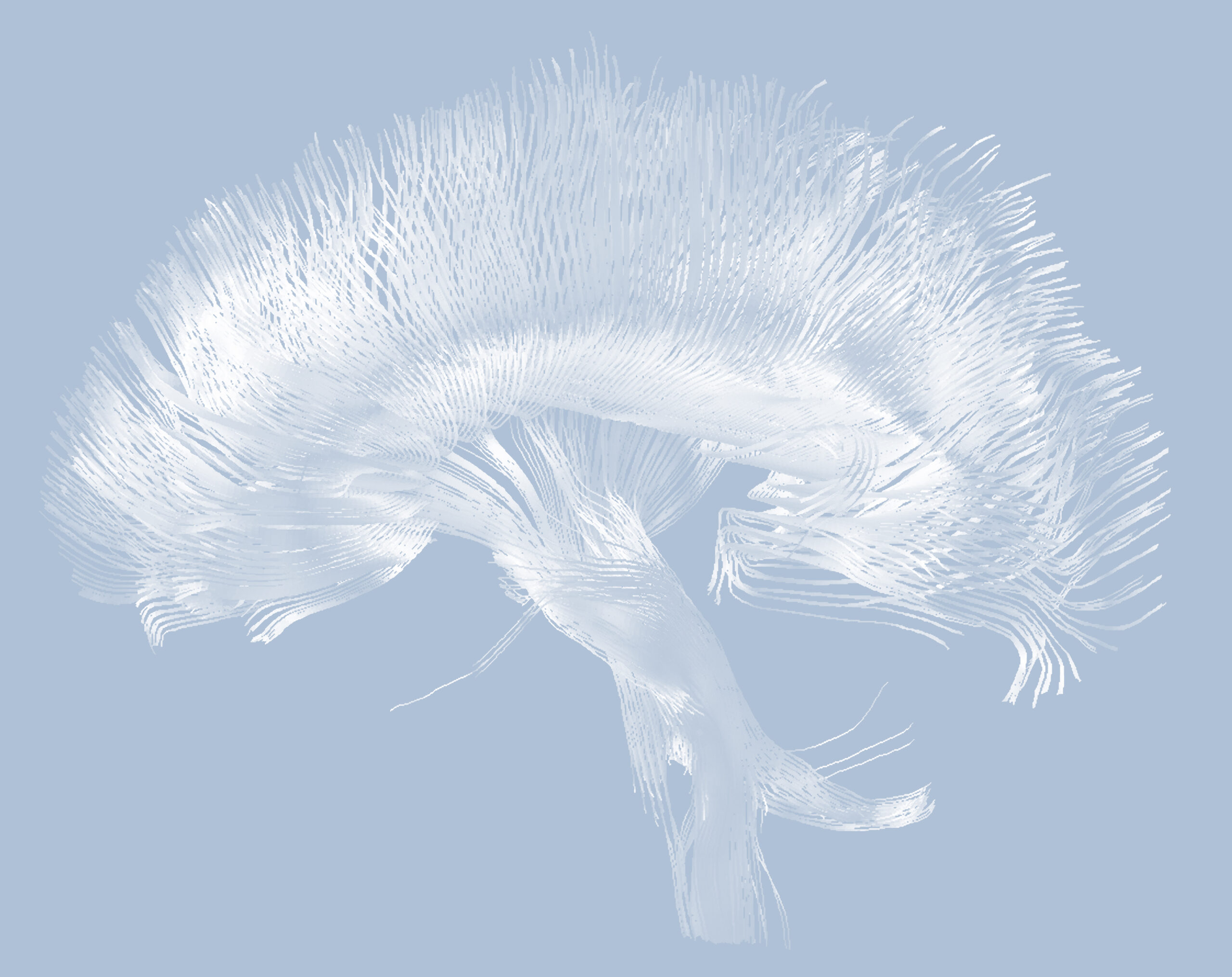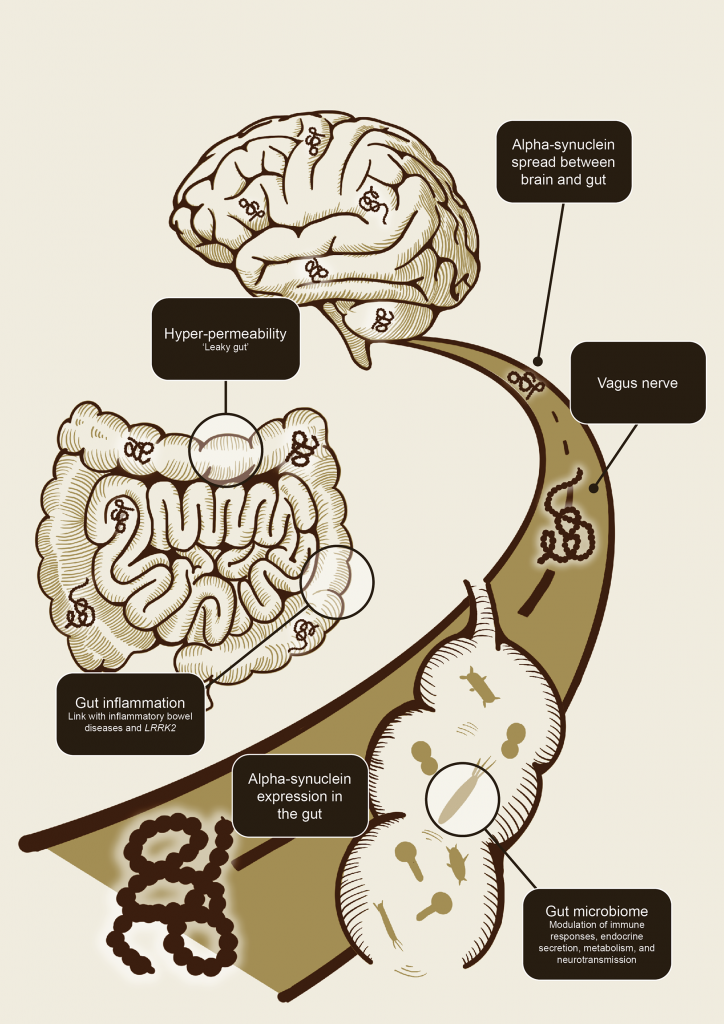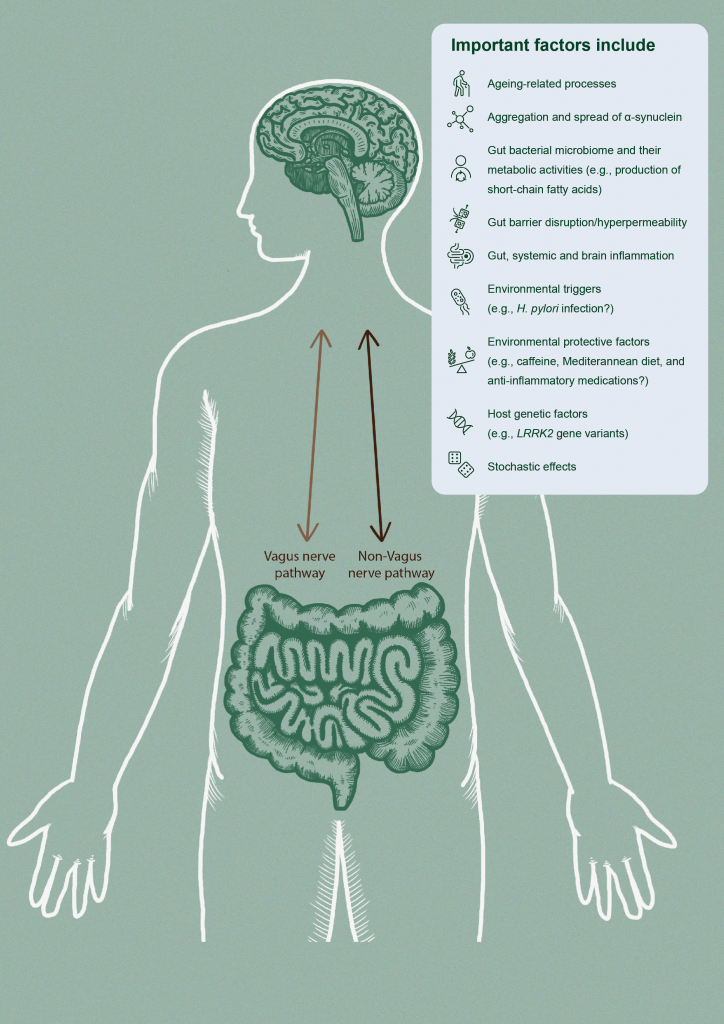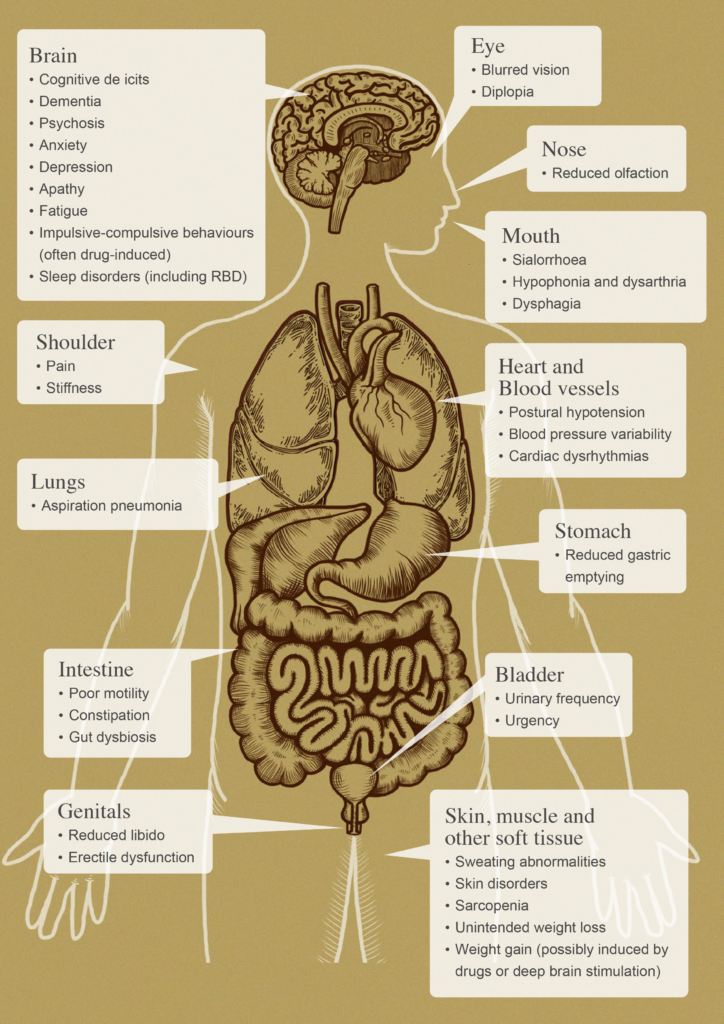Download Slide Decks on Parkinson’s Disease
Parkinson’s Disease (PD) is the second-most common neurodegenerative disorder, after Alzheimer’s Disease. PD is a chronic, progressive, neurodegenerative condition that mainly affects elderly people. The clinical effects of Parkinson’s Disease are visually obvious, but the underlying pathology of PD is still not fully understood.
In each slide deck, you will encounter a topic introduction and delve into essential concepts related to Parkinson’s disease. Our slide decks encompass a variety of subjects, including genetic risk factors for Parkinson’s disease, the challenges of managing non-motor symptoms, and motor complications such as dyskinesia and motor fluctuations.
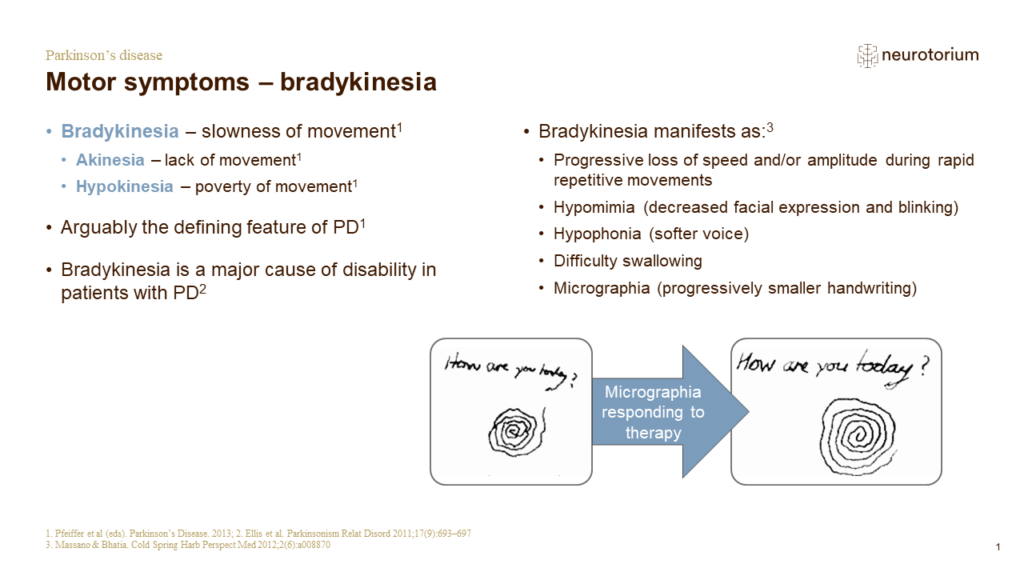
History, Definitions, and Diagnosis
In this slide deck, the history of Parkinson’s disease is presented together with a description of the cardinal symptoms of the disease, diagnostic criteria, biomarkers and commonly used scales. Go to the slide deck.
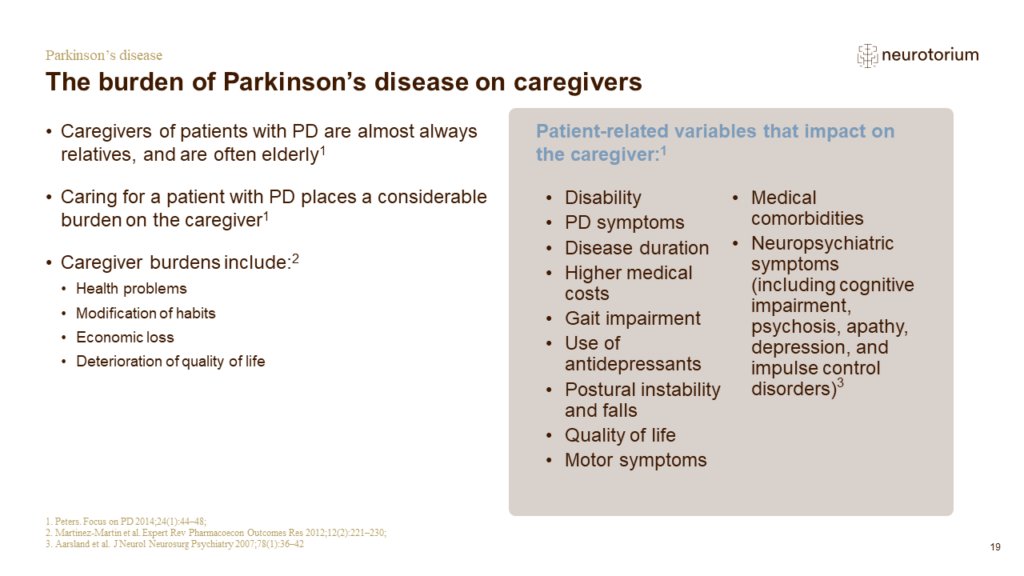
Epidemiology and Burden
This presentation covers the prevalence of Parkinson’s Disease across different global regions and describes the substantial burden the disease places on the patient and caregivers. Go to the slide deck.
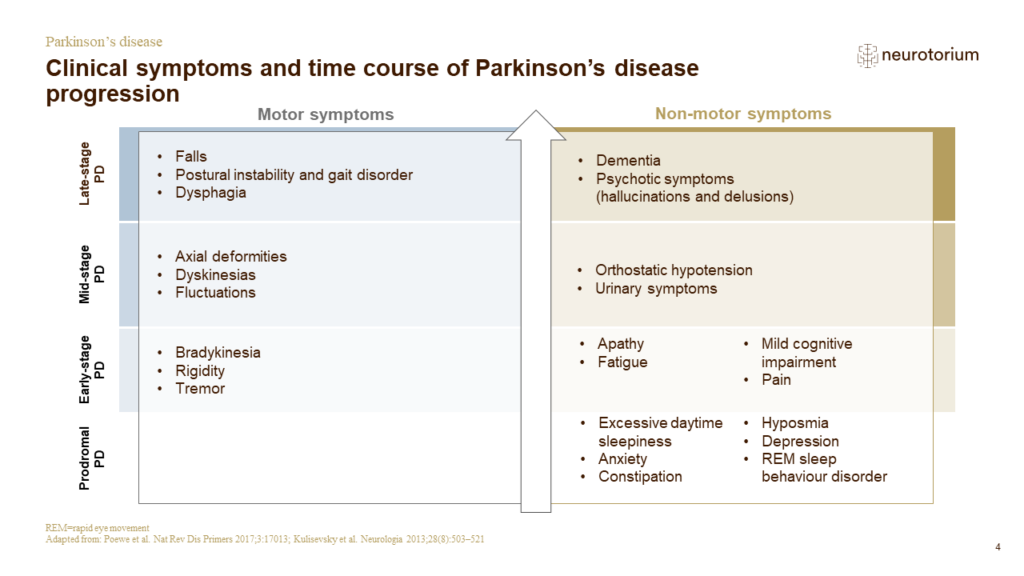
Course, Natural History, and Prognosis
In this slide deck, the course, natural history and prognosis of PD are discussed, including infographics on prodromal PD as well as the stages of PD. Go to the slide deck.
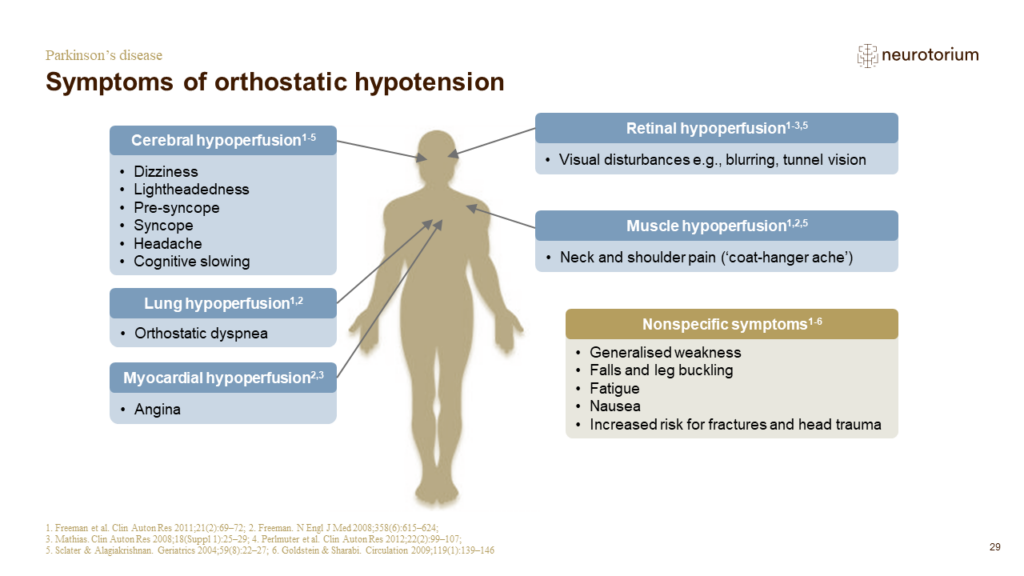
Non-motor Symptom Complex and Comorbidities
Non-motor symptoms are reported by nearly all patients with Parkinson’s disease. In this slide deck, non-motor symptoms, quality of life and the comorbidities of Parkinson’s disease are discussed. Go to the slide deck.
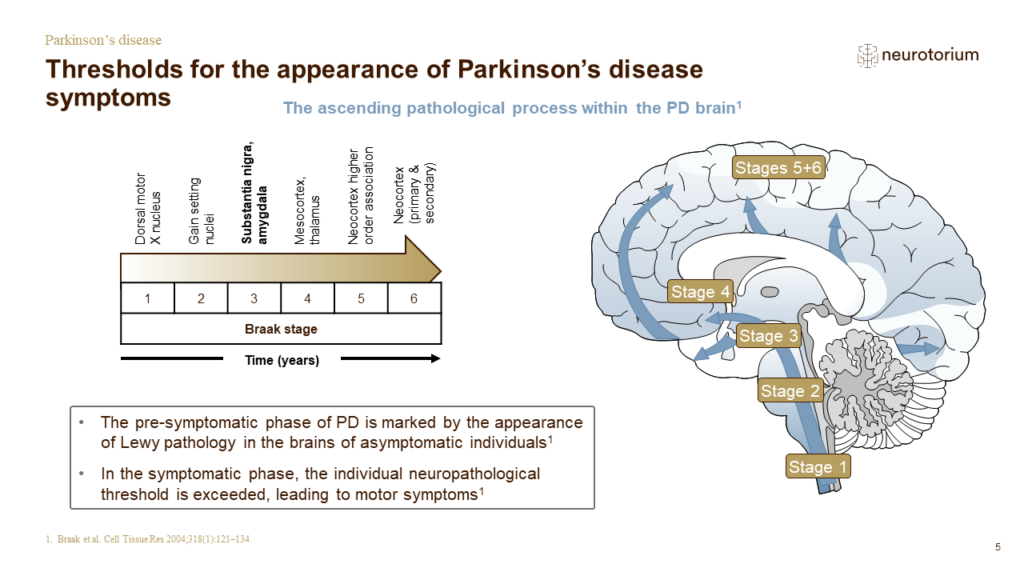
Neurobiology and Aetiology
This slide deck covers the neurobiology and aetiology of Parkinson’s Disease (PD). Pathogenetic details, including underlying common pathways and treatment designs based on the pathogenesis model, are discussed. Go to the slide deck.
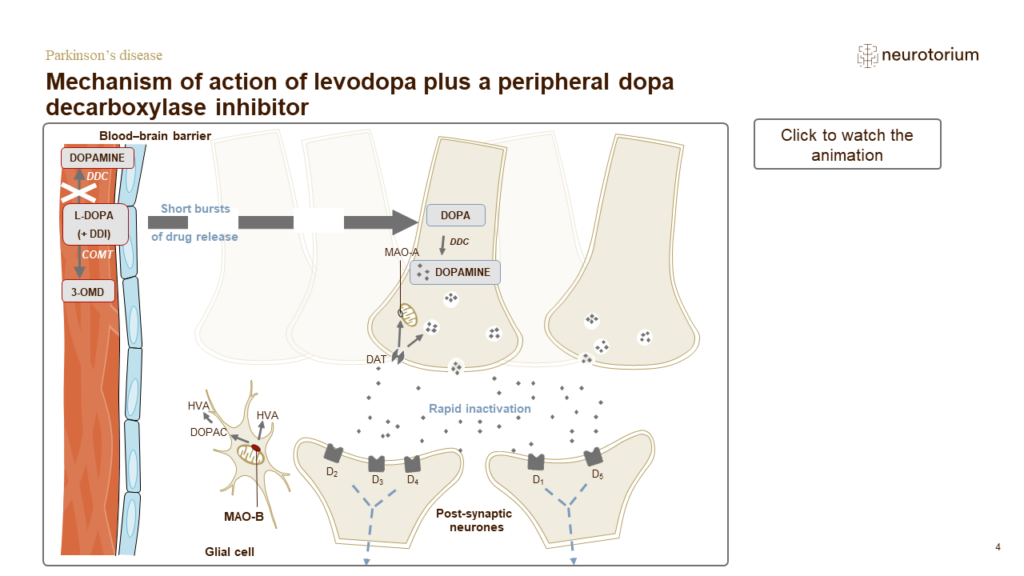
Treatment Principles
This slide deck covers the current treatment and medication options for Parkinson’s Disease. Infographics on medications, deep brain stimulation, disease modification and gene- and cell-based therapies are explored. Go to the slide deck.
Read Articles on Parkinson’s Disease
Our selected articles will delve into these facets of Parkinson’s disease, offering insights into the diverse nature of non-motor symptoms, their impact on patients, and the potential for improved management.
- The microbiome-gut-brain axis in Parkinson’s disease
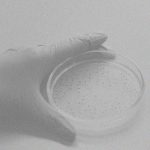 Evidence has been accumulating over the past years for a bidirectional relationship between the brain and the gut that plays an important role in Parkinson’s disease (PD).
Evidence has been accumulating over the past years for a bidirectional relationship between the brain and the gut that plays an important role in Parkinson’s disease (PD). - Gastrointestinal dysfunction in Parkinson’s disease
 It is now well recognised that gastrointestinal symptoms, particularly constipation, are amongst the most prominent and troublesome early manifestations of PD.
It is now well recognised that gastrointestinal symptoms, particularly constipation, are amongst the most prominent and troublesome early manifestations of PD. - Non-motor symptoms in Parkinson’s disease: nature and burden
 Over recent years, the impact of non-motor symptoms has gained increased attention.
Over recent years, the impact of non-motor symptoms has gained increased attention. - Non-motor Symptoms in Parkinson’s Disease: Implications for Our Understanding of Pathogenesis, Prodrome and Subtypes
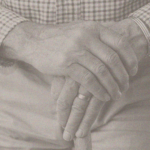 Non-motor symptoms (NMS) have implications for diagnosis, and their presence in the prodrome may help make possible the trial of potentially neuroprotective agents in high-risk groups.
Non-motor symptoms (NMS) have implications for diagnosis, and their presence in the prodrome may help make possible the trial of potentially neuroprotective agents in high-risk groups.
Watch the Videos on Parkinson’s Disease
Get insights on Parkinson’s disease through our videos. Understand the complexities of Parkinson’s Disease pathology and explore the mechanics of movement with The Brain Prize Explainer. Elevate your understanding with expertly curated content.
Understanding the Pathology of Parkinson’s Disease
Parkinson’s disease is characterized by 4 cardinal motor symptoms: tremor at rest; rigidity; bradykinesia; and postural instability. This progressive disorder is also associated with cognitive, behavioural, and autonomic impairments causing increased disability and contributing to a loss of independence. Go to video.
The Brain Prize Explainer – How We Move
In this documentary film, developed by the team behind The Brain Prize, you can learn more about how we mammalians move and the research that led to the brain prize in 2022. Patients who suffer from Parkinson’s Disease experience first-hand the consequences of motor circuit dysfunction. Go to video.
Key Genes Identified in AD and PD
In this video, Professor John Hardy, UCL Institute of Neurology, discusses key genes identified in Alzheimer’s disease and critical genes identified in Parkinson’s disease. Go to video.
Download Illustrations & Figures on Parkinson’s Disease
View an illustration of the bidirectional interplay between the brain and the gut, involving pathways such as the vagus nerve and bloodstream. Factors contributing to Parkinson’s disease development encompass aging-related processes, alpha-synuclein aggregation and spread, the gut bacterial microbiome and its metabolic activities, gut barrier integrity, inflammation, environmental influences, host genetic factors, and possibly chance effects. See a schematic illustration depicting how the gut-brain axis may contribute to the spread of alpha-synuclein pathology below.


